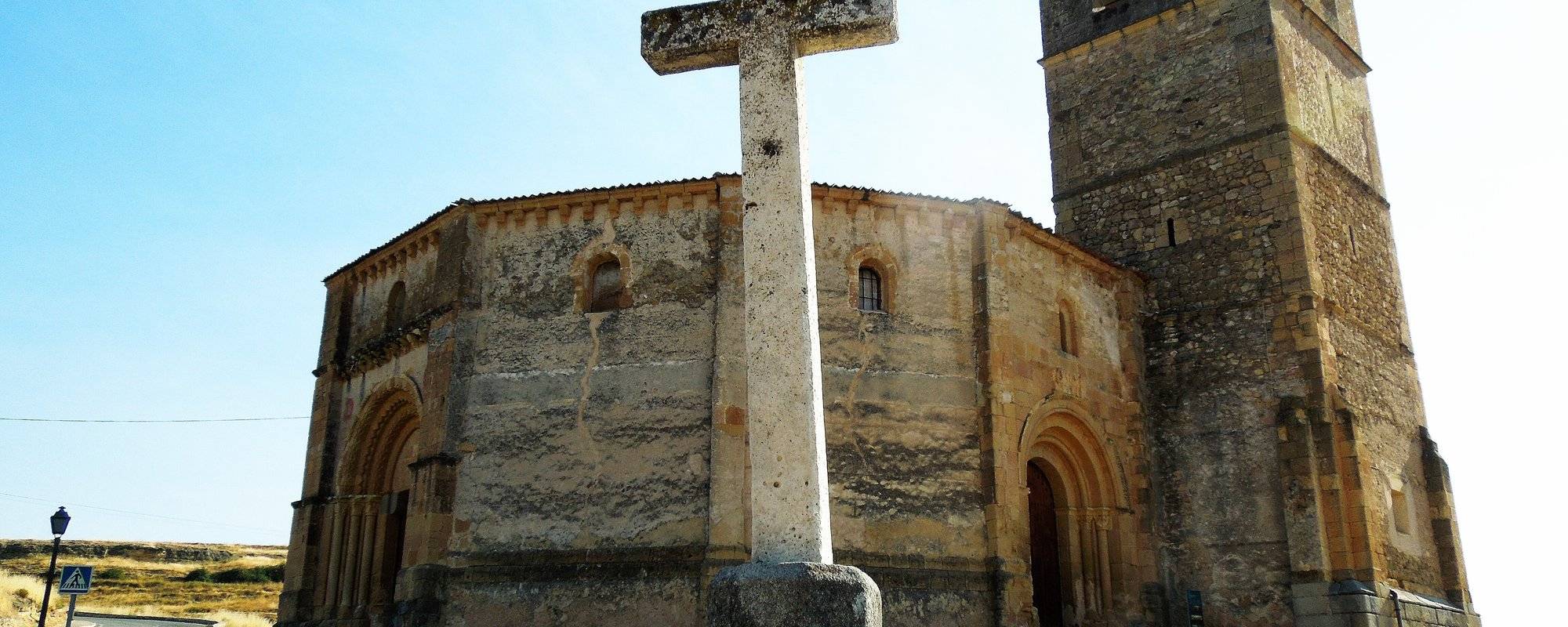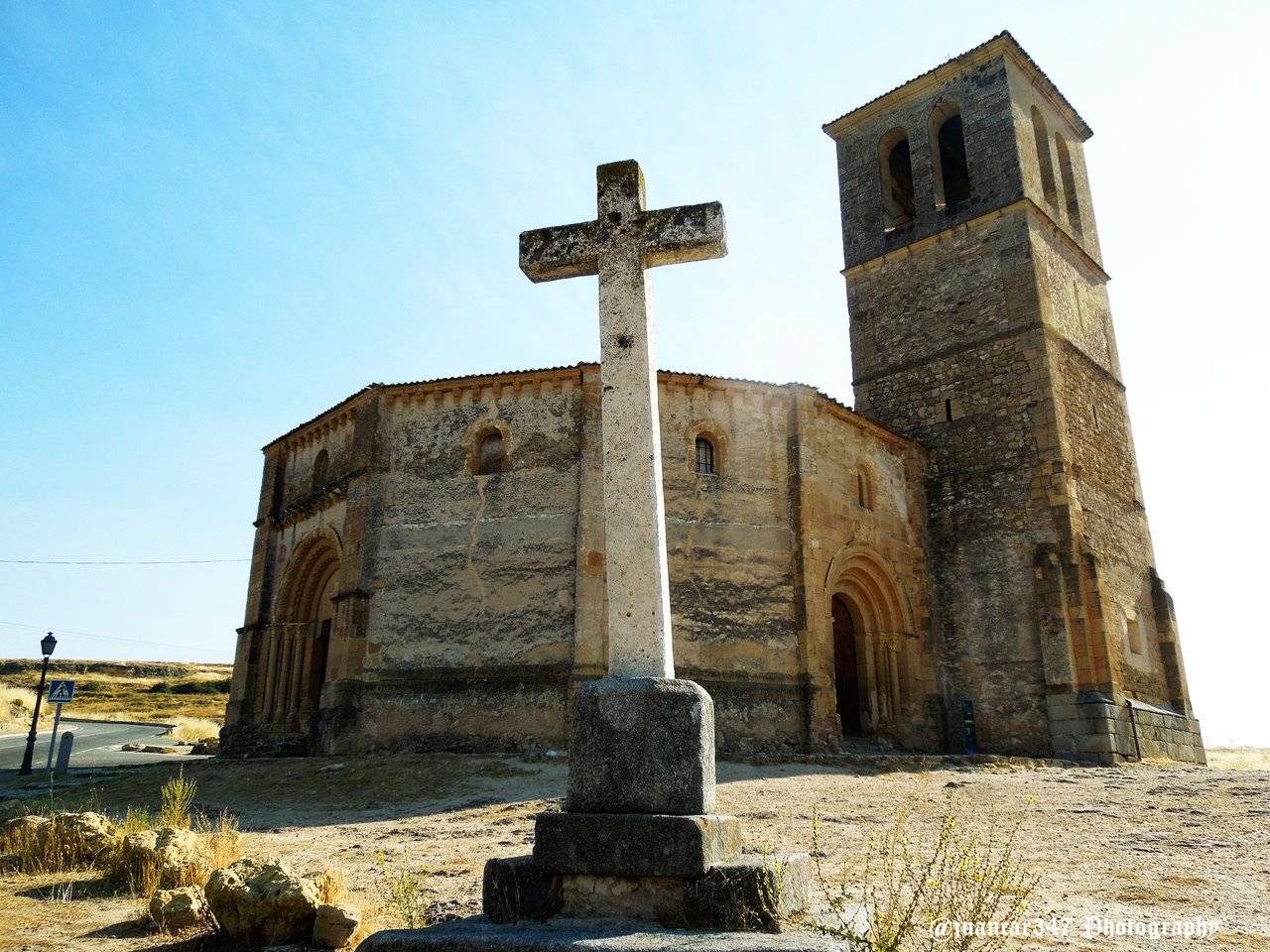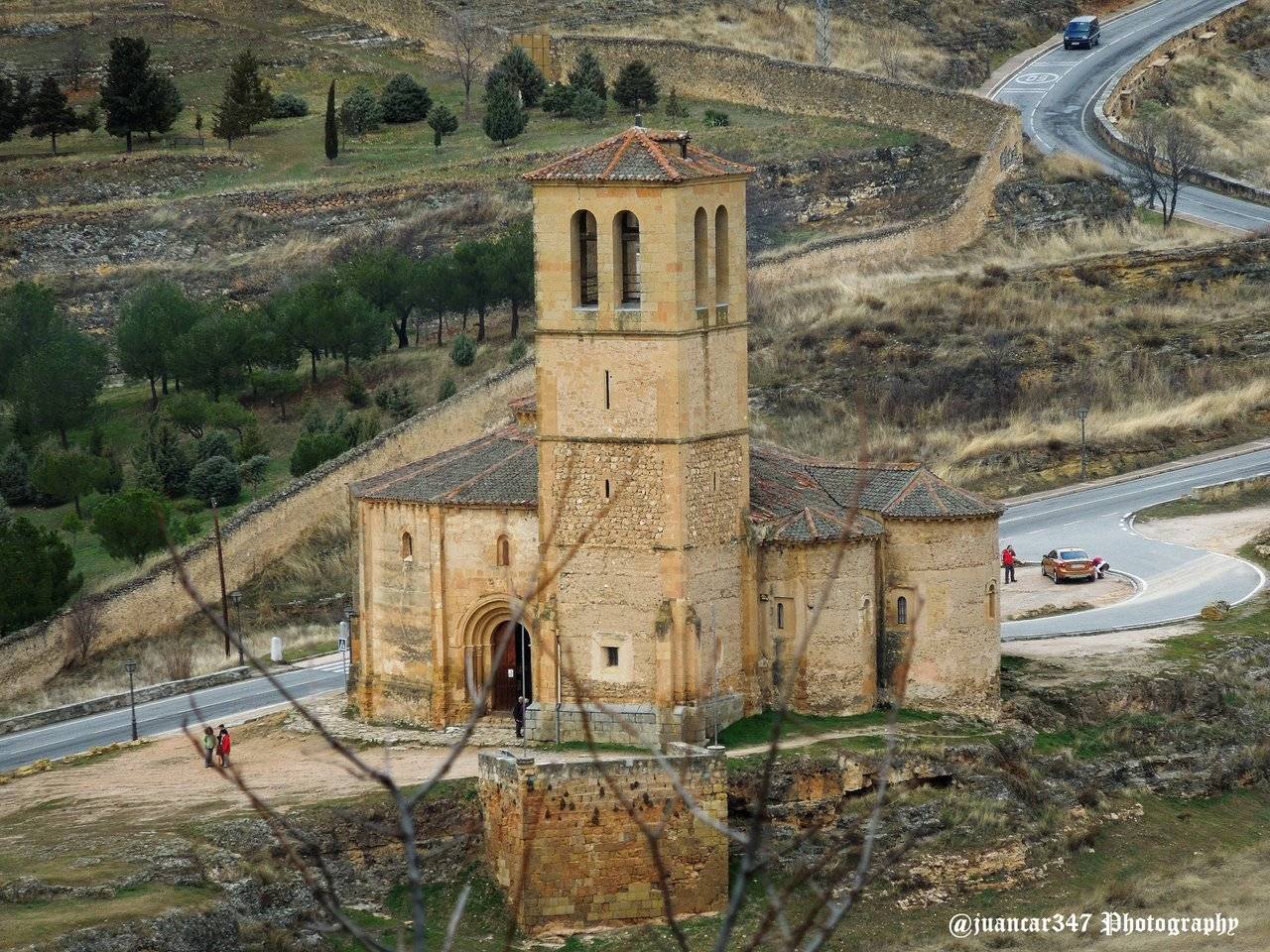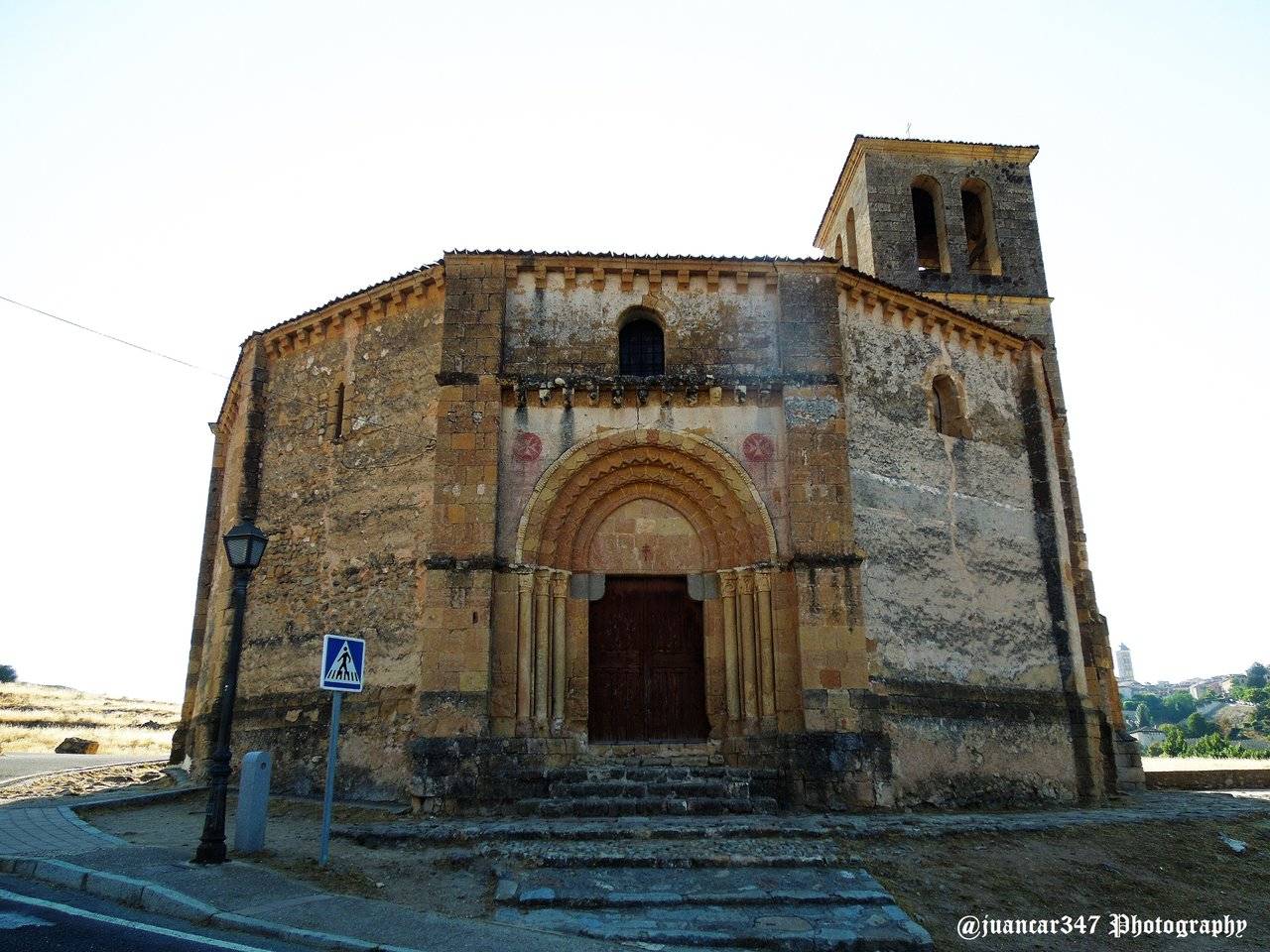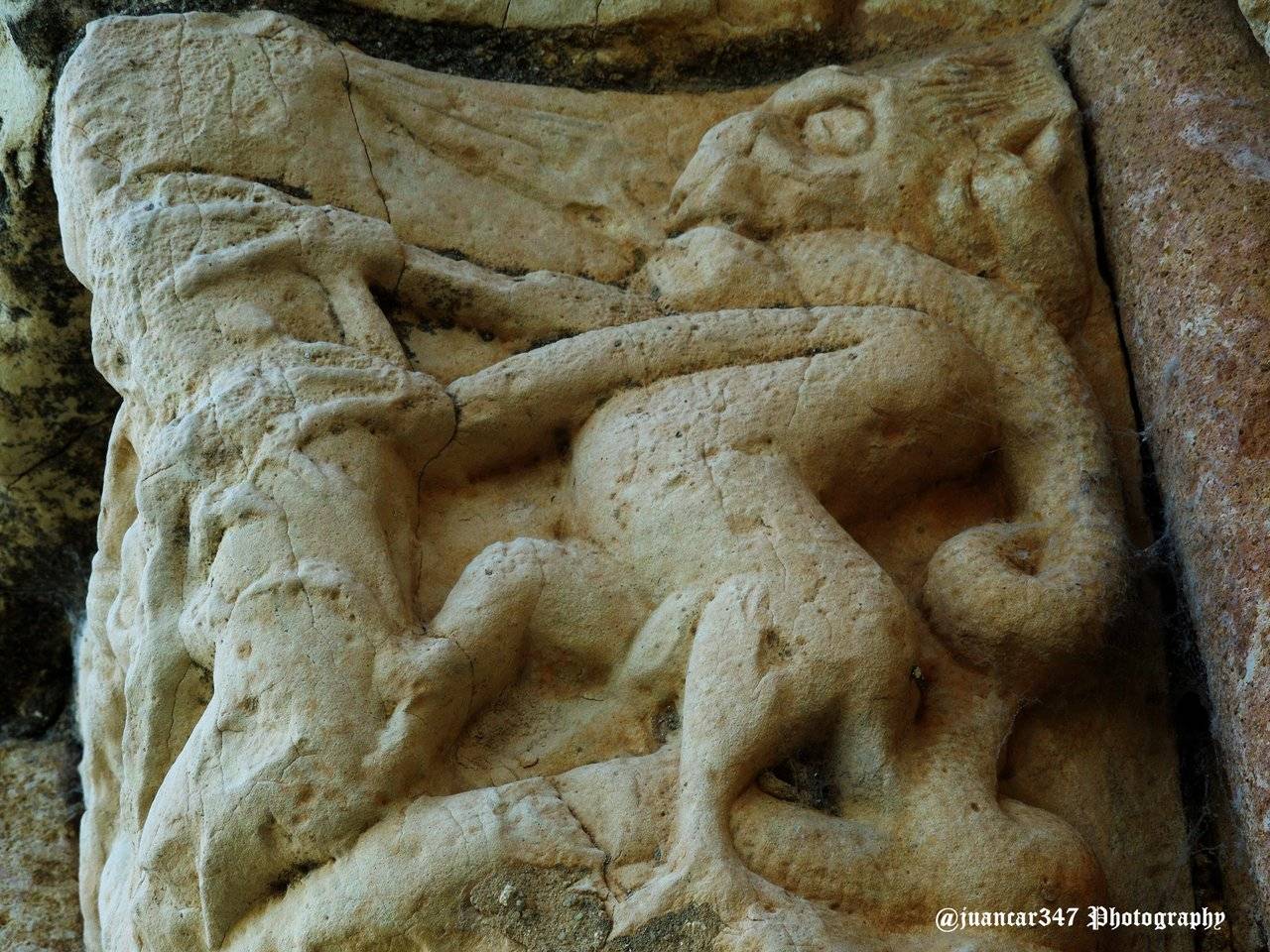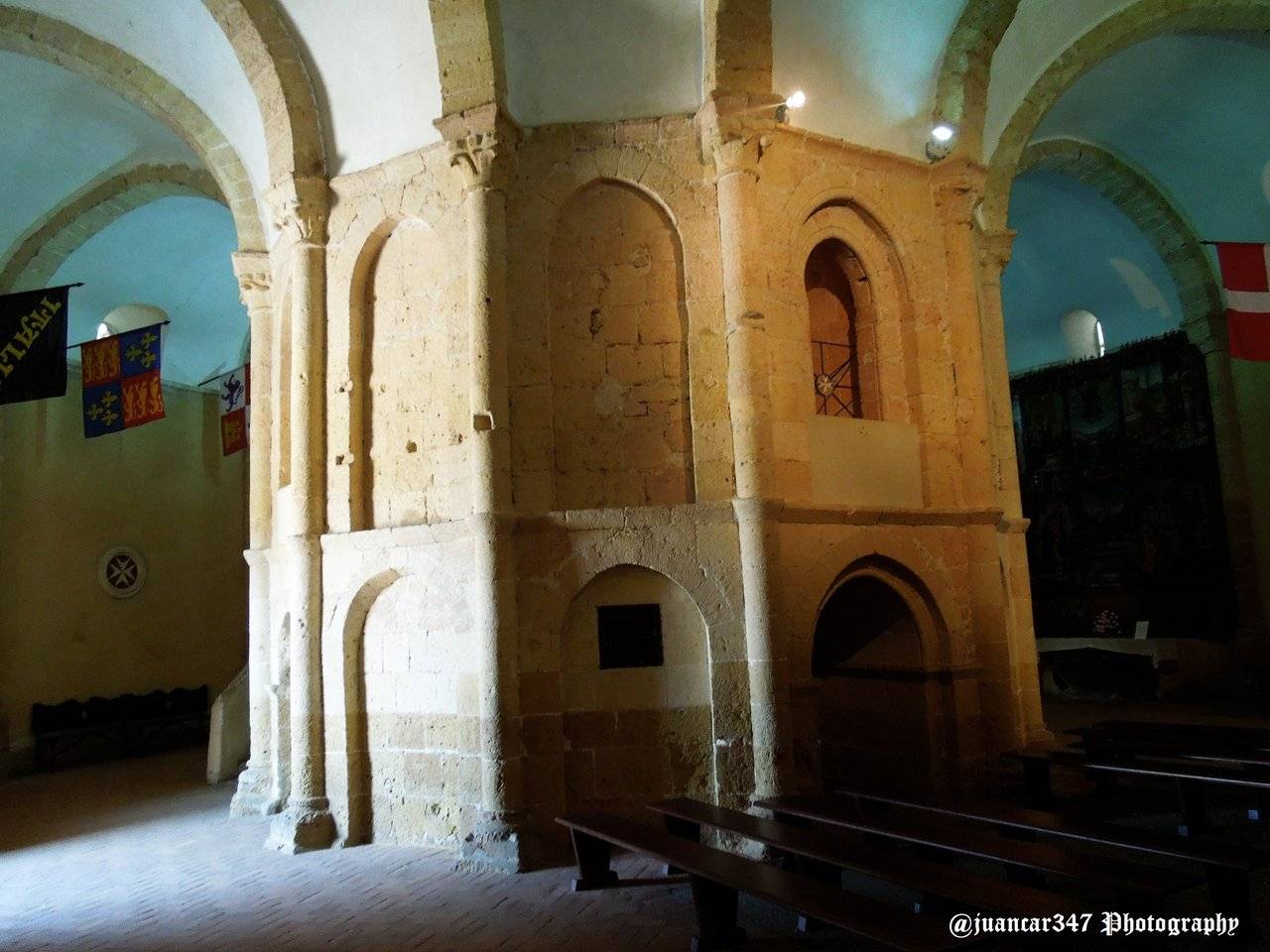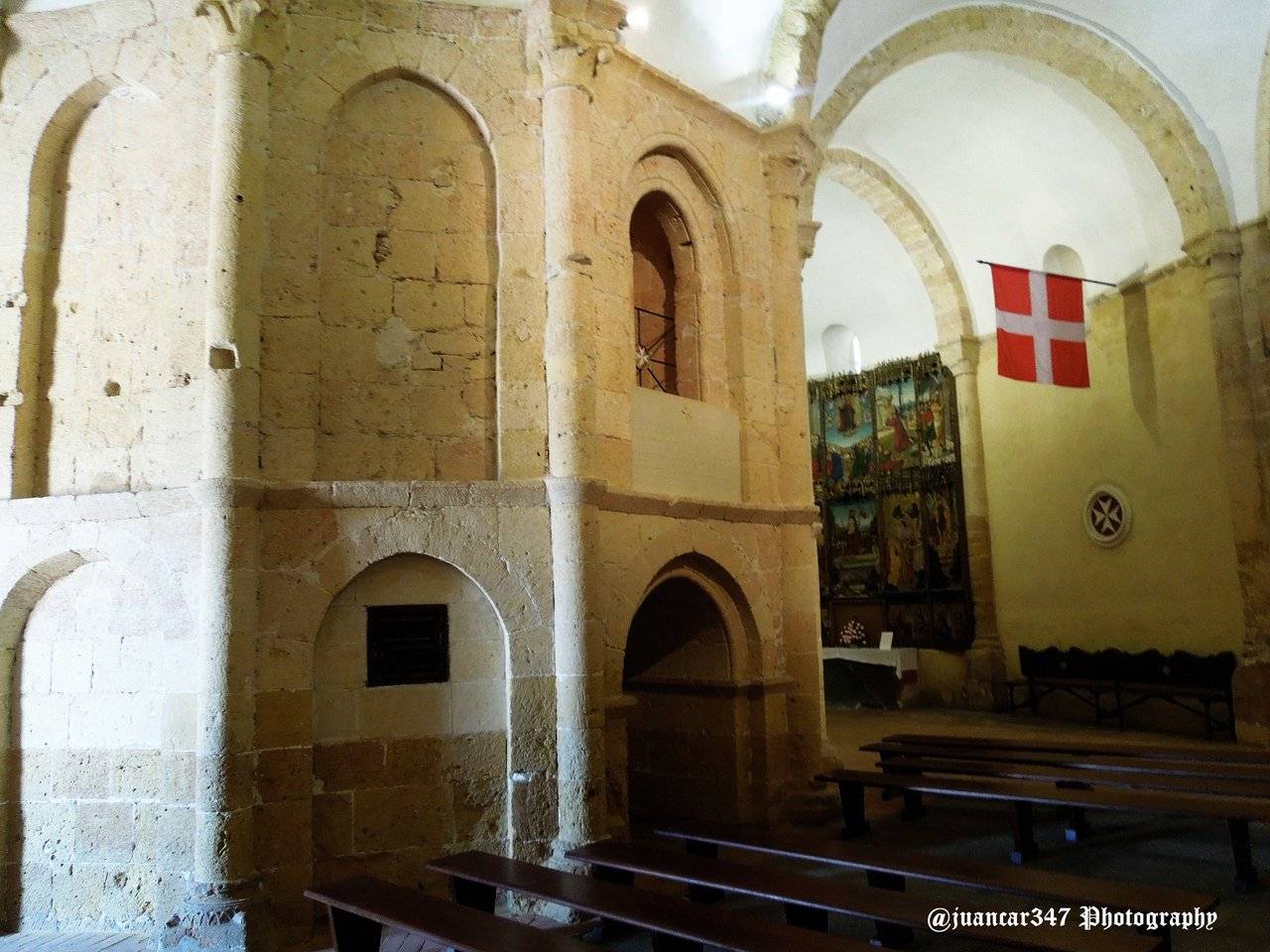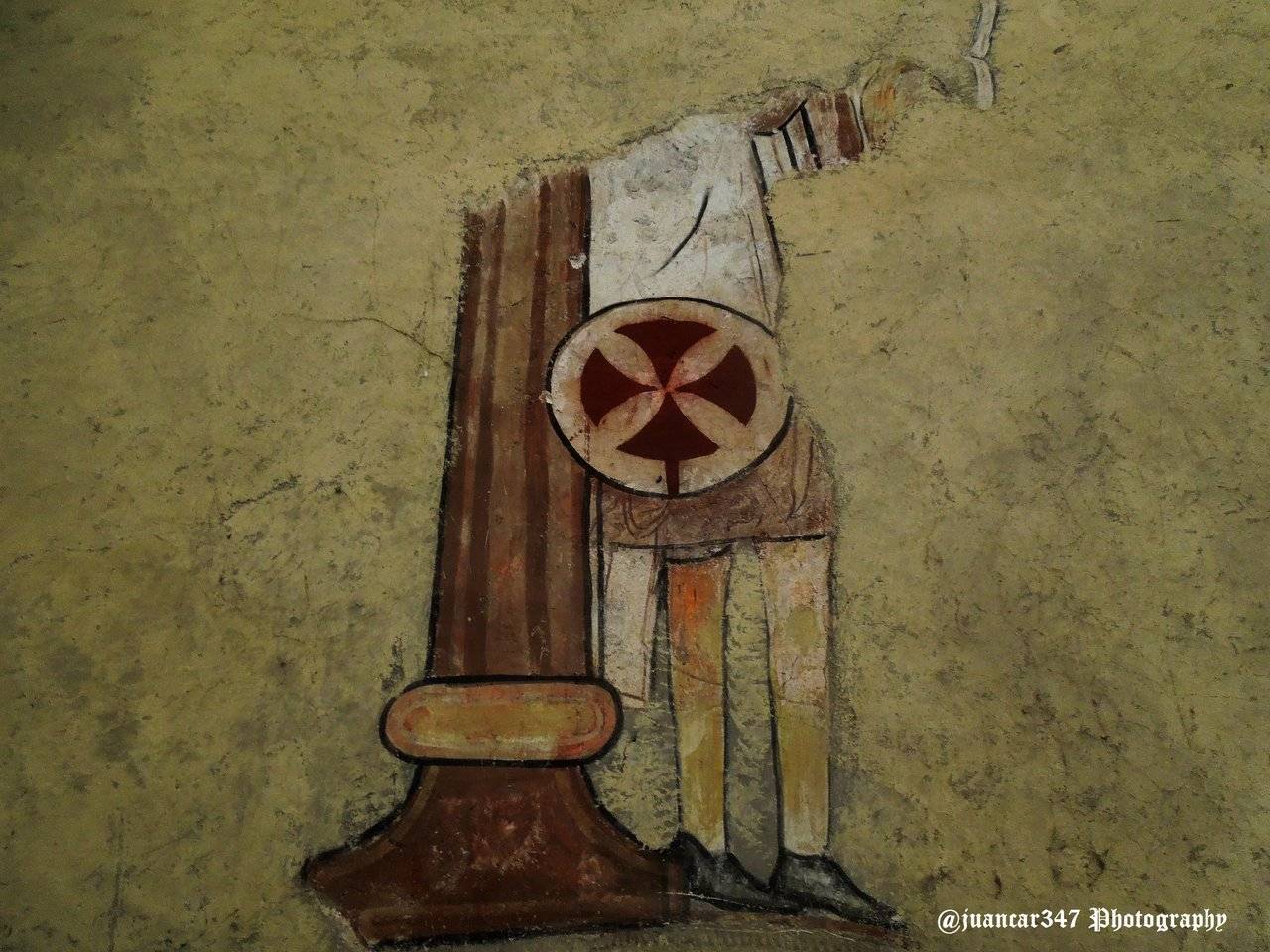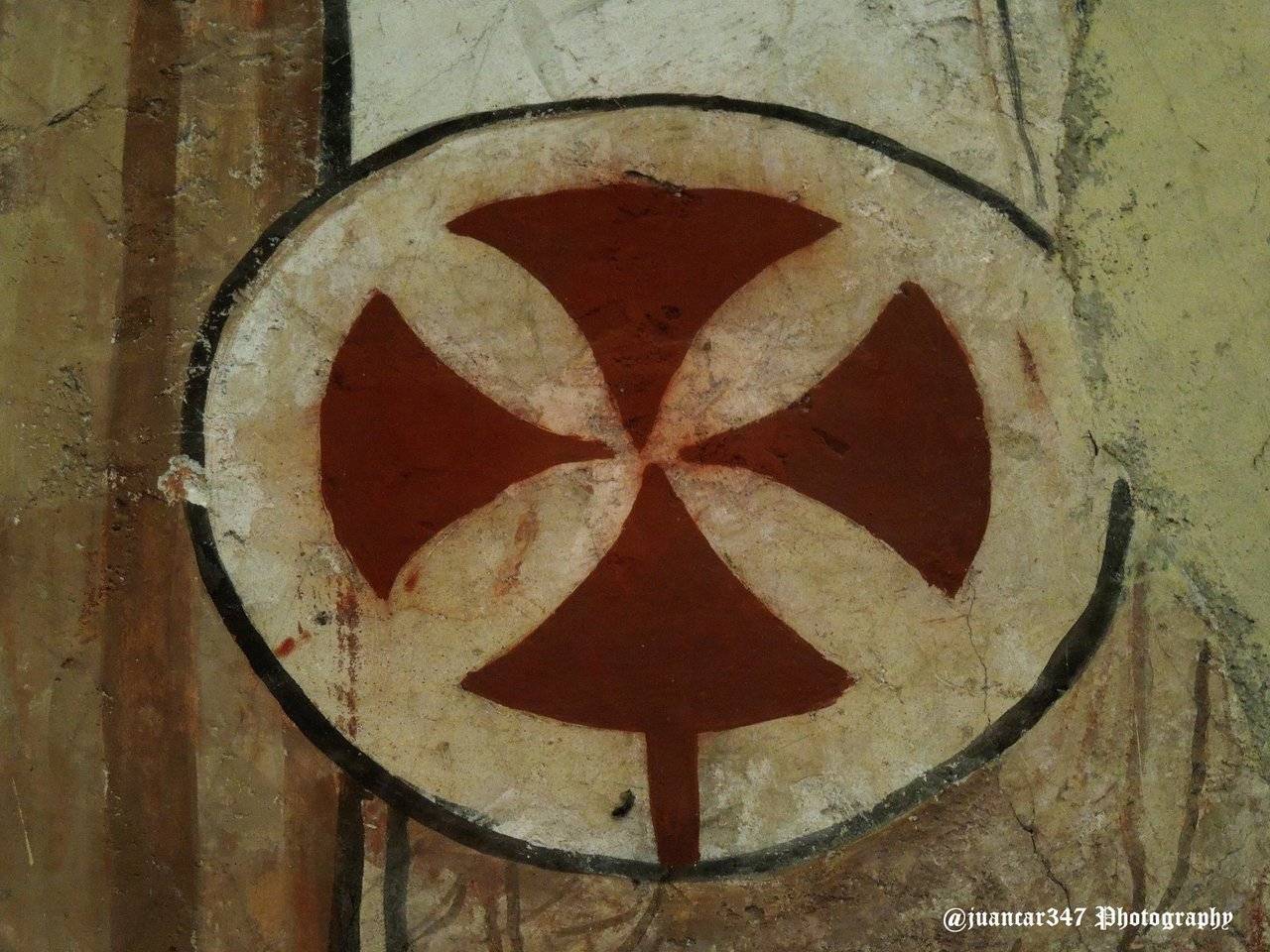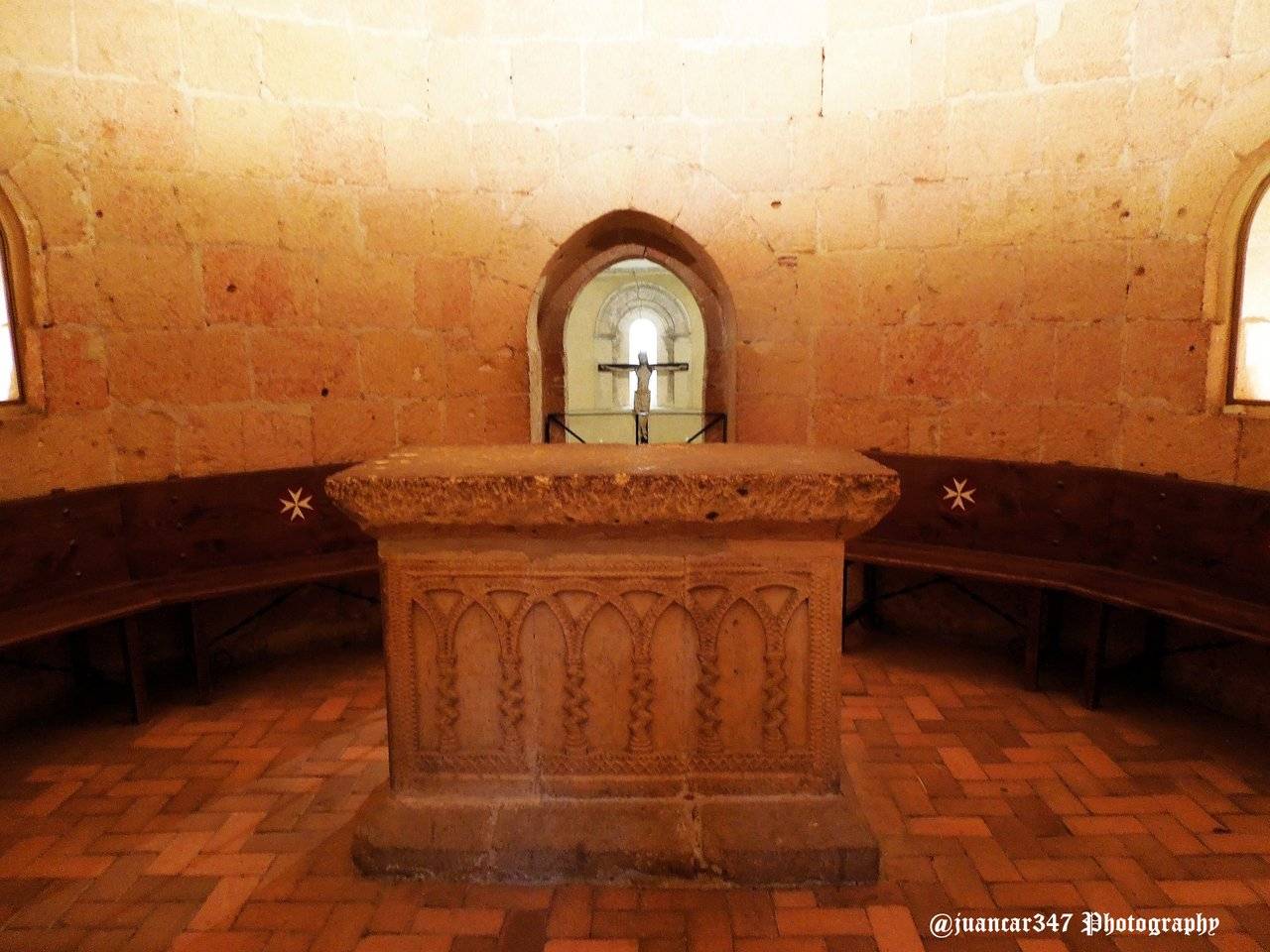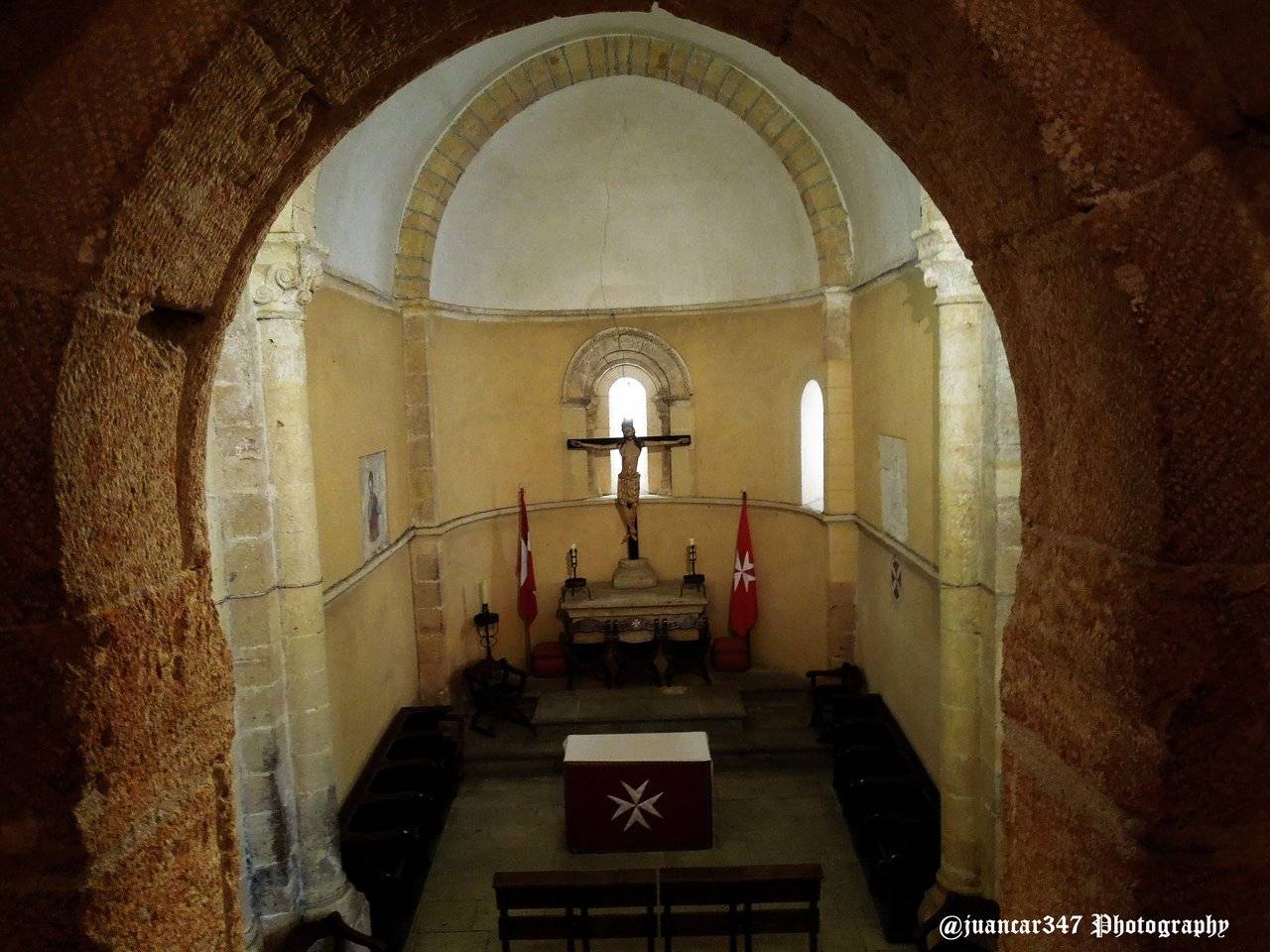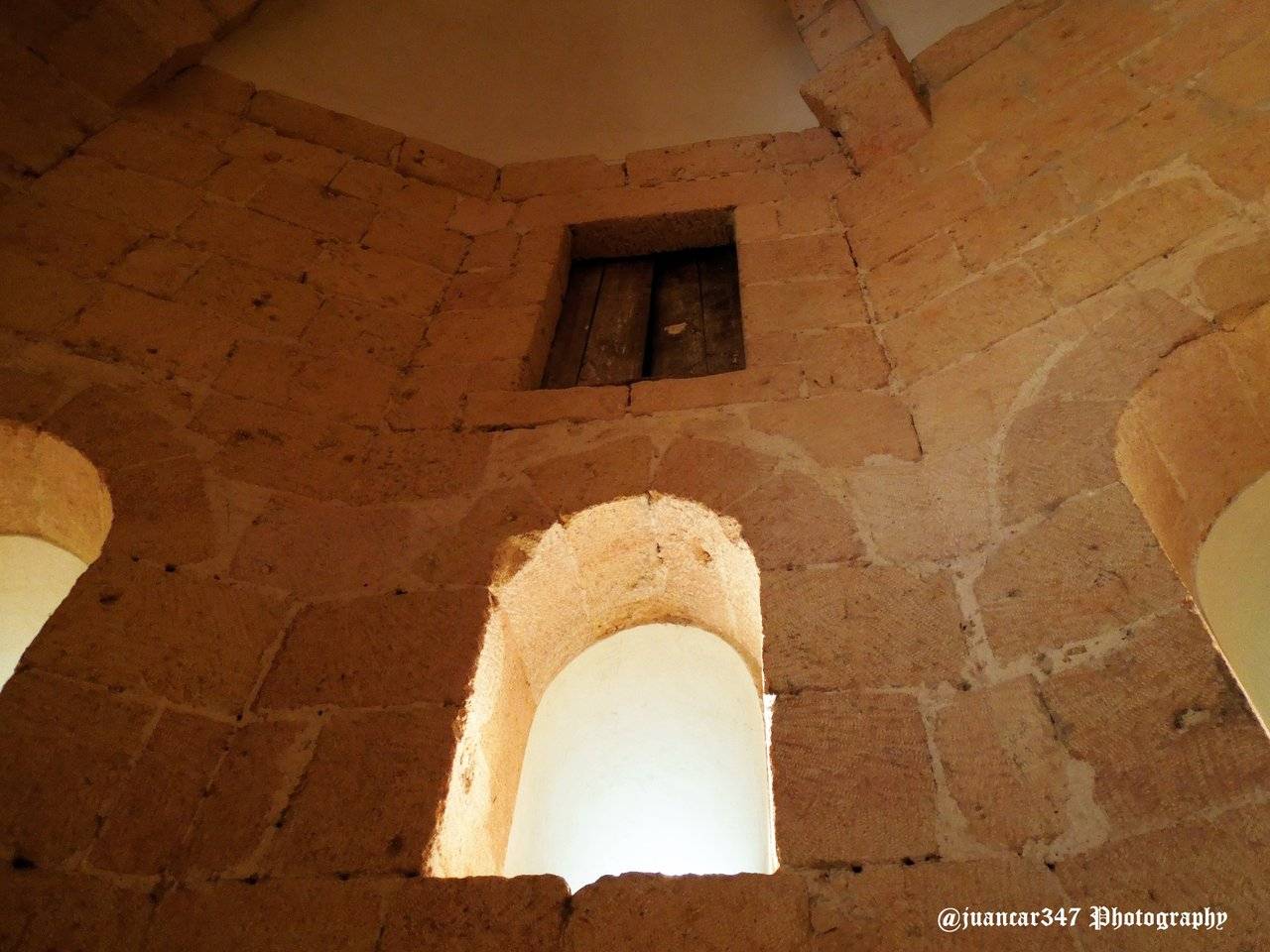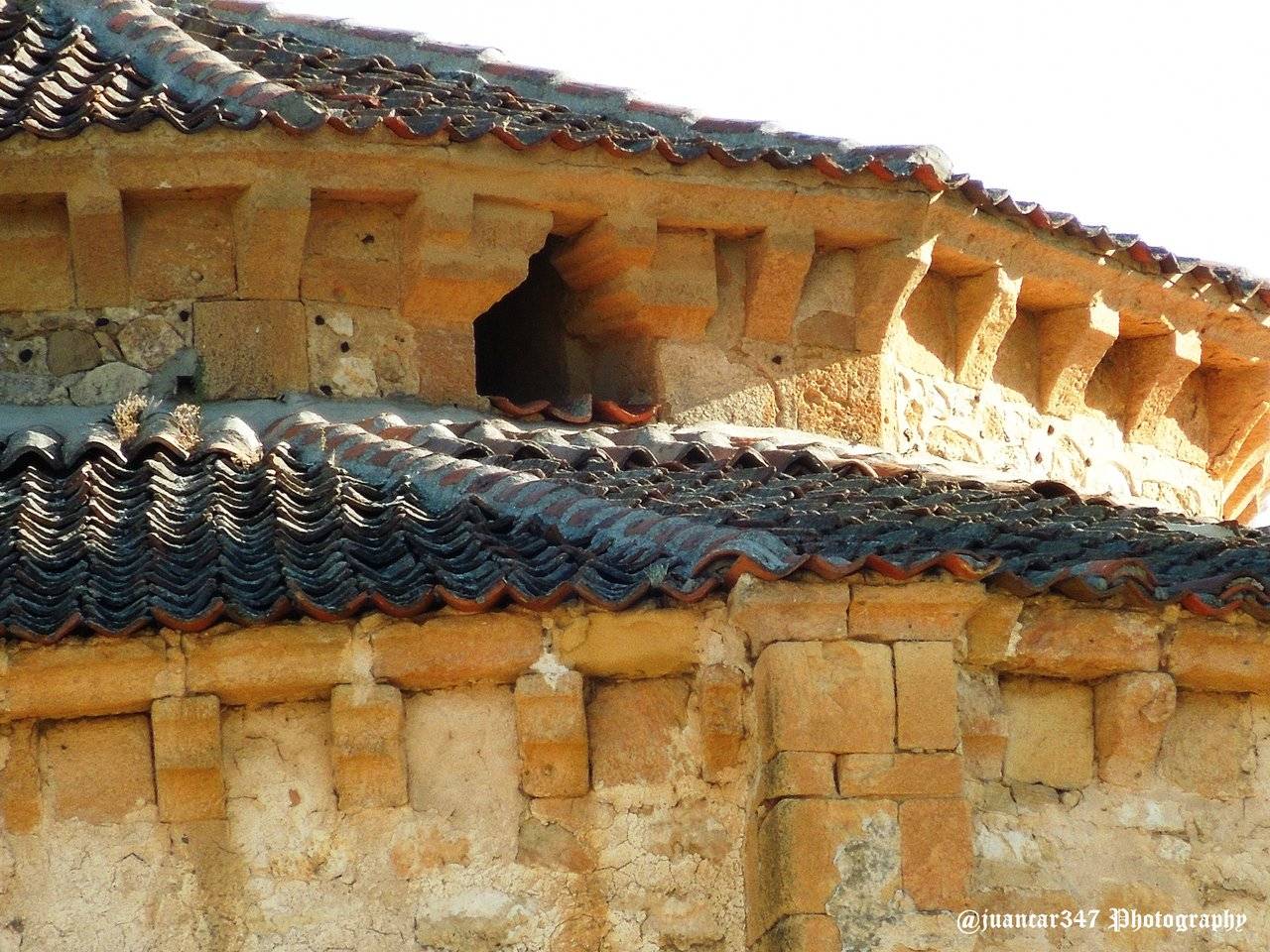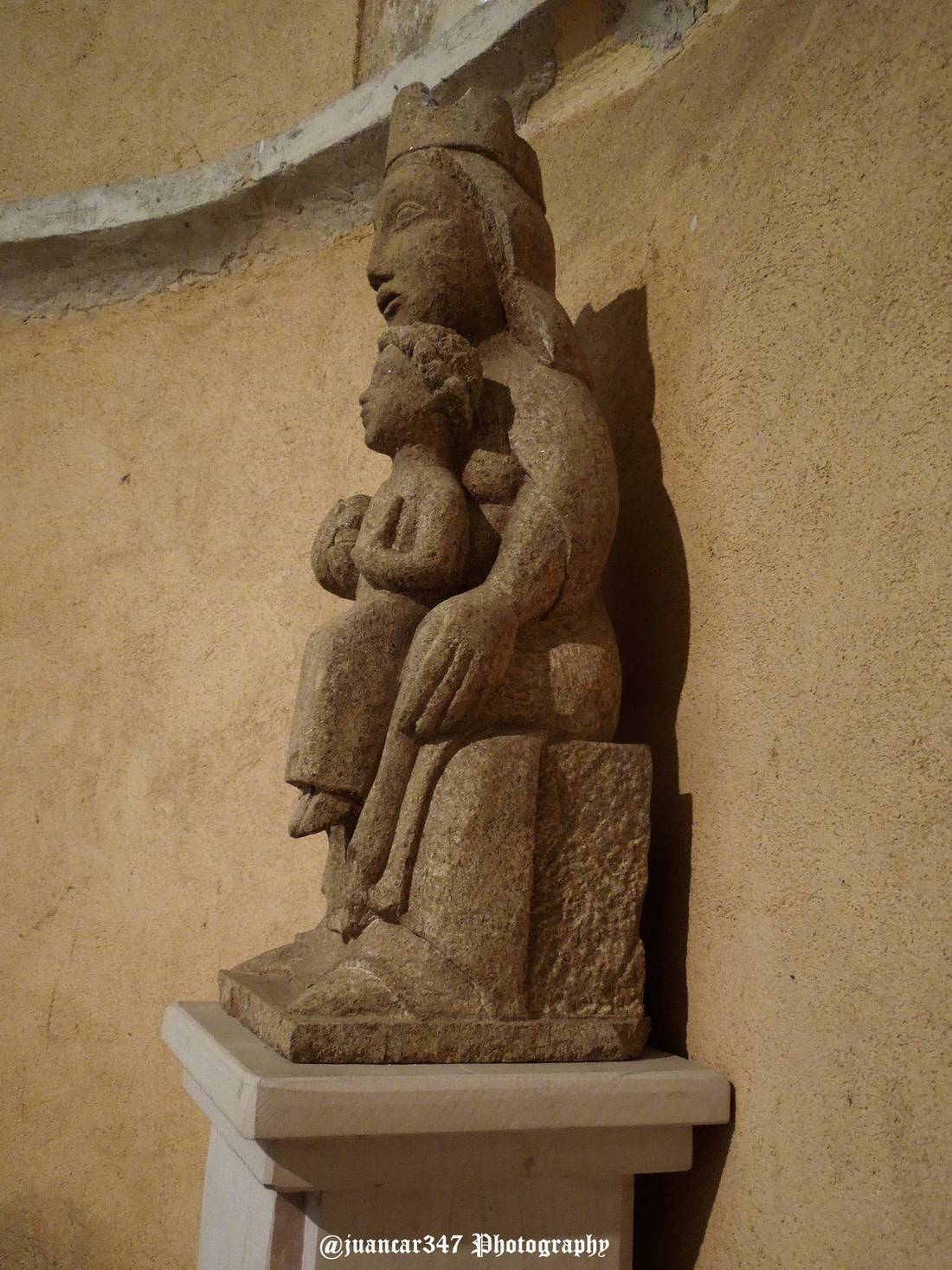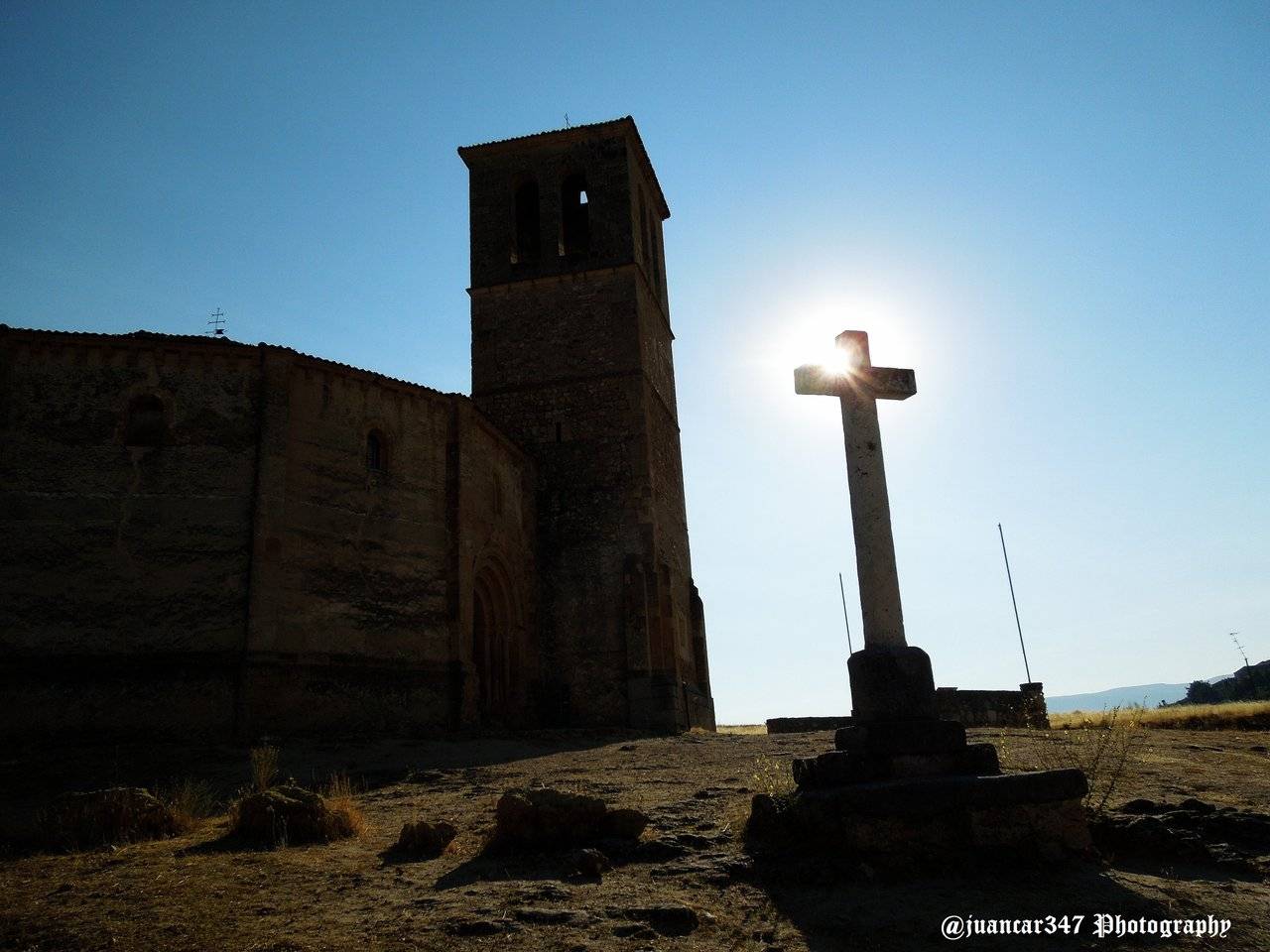The Marquis de Lozoya affirmed, in a documented and extensive article for the Bulletin of the Spanish Excursion Society, published in Madrid in 1954, that the church of Vera Cruz 'is one of the latest among the churches of the Romanesque copious Segovia and one of the most soberly decorated, but, without a doubt, the most suggestive and mysterious of them all '(1).
And he was right. Its mystery, or rather, its mysteries, apart from that particular charm that fascinates and attracts irremissibly, even seen in the distance, make it, even located at the foot of a ravine, halfway between the suburb of San Marcos and the village of Zamarramala, one of the places of capital Segovia, whose visit is not only of just recommendation, but also of pertinent obligation.
If by evidence, we simply refer to the written record in medieval manuscripts that miraculously survived the fury of History, the golden legend that attributes to the Knights of the Order of the Temple their wonderful execution, would be seriously affected, as in fact this has happened, since at least the year of 1636, in which Colmenares, already ventured that suggestive possibility.
Already in the nineteenth century and surely encouraged by the many similar constructions located in France, the great architect and restorer of the Notre-Dame Cathedral, Viollet-le-Duc contributed greatly to keep the myth alive, when he expressed the possibility of that these temples, of circular plan, respond unequivocally to a model of Templar architecture.
Regardless, that centuries ago this beautiful jewel of the Romanesque peninsular is in the possession of the knights of the Order of the Hospital of St. John of Jerusalem - the rival order of the Templars and by default, the one that most profited from them when they were dissolved - At present, it seems that the statements of Mr. Luis María Cabello Lapiedra, who, since 1919 maintained that the church of Vera Cruz had been built by the knights of the Holy Sepulcher, have been taken into account again.
Who knows if because, as my dear friend and teacher says, Mr. Rafael Alarcón Herrera 'when the river sounds, historical water carries', the truth is that popular tradition has always insisted on associating this sacrosanct place with the Order of the Temple, being numerous legends that associate him with such enigmatic and fascinating knights.
Its circular shape, altered by the buttresses, that make from the outside offer the curious and novel form of a perfect dodecahedron and its three added apses - to whose side, numerous burials have been located - seems to respond to an exact model, that the Knights Templar had inside one of their castles in the Holy Land: the castle of Pélerin.
It is still impressive, access to its interior and find a formidable oedule, which is located right in the center, looks like a huge palm tree that plunged its roots deep into the earth. This edicule, consists of two floors, accessing the upper floor, from stairs attached to one of the sides, just in front of a magnificent but deteriorated altarpiece, of possible flamenco influence, which shows different situations of the life and death of Christ . The lower part of the edicule is divided into four entries, representative of the four cardinal points, among other possible symbolic connotations.
On the wall next to the entrance door, before accessing the chapels of the Holy Christ and the Virgin of Peace - a stone carved stone, without polychrome, from the 13th century - and the room or chapter where they are reflected in small paintings, portraits of the Great Masters of the Hospital, significant remains of paintings show, with decisive persistence, the red cross and kicked arms, which supposedly used the Templars in their habits.
On the upper floor of the edicule, also in its center, a curious Romanesque altar attracts attention. It is the place, from which you have a formidable perspective of the chapel that houses the Holy Christ, where, apparently, the knights watched over weapons. On the ceiling, barely noticeable, a small red cross attracts attention. Below it, a kind of trapdoor, impossible to reach without a ladder, is supposed to allow access to the so-called 'lantern of the dead', whose opening can be observed from the outside and is supposed to serve to guide the nights for travelers and pilgrims.
Arguably, as in some other hermitages and churches that have this type of element, located both inside and outside the limits of the Camino de Santiago, no remains have been found on the walls of the supposed candles or torches intended for this purpose . It is possible to consider whether these openings, and in some places, were, in fact, due to a more symbolic and spiritual aspect, and were, as it had been practiced in many homes in the past, an opening specially made in the ceiling to allow the exit of souls of the deceased (2).
Be that as it may, whether or not it was built by the Knights Templar, the truth is that both the church, and the place where it stands, are decidedly special. In its wake, there is the church of Santo Tomás, the bank of the Eresma River - that which also reminds the poet Antonio Machado in his poems - and a fantastic panorama of the Alcazar of Toledo.
Notes, References and Bibliography:
(1) Bulletin of the Spanish Excursion Society, Year LVIII, 1st to 4th quarter, Madrid, 1954. Marquis de Lozoya: ‘Some background on the church of Vera Cruz de Segovia’.
(2) If you would like more information on this subject, I advise you to consult the works of Mircea Eliade, and especially references to the ancient customs of the rural areas of Romania. Customs, in fact, extendible to many other European rural areas, including Spain.
NOTICE: Both the text and the accompanying photographs are my exclusive intellectual property.
Te invito a conocer el mundo del que estoy enamorado.
Image © juancar347. All Rights Reserved.
Original content by @juancar347
Discord
juancar347#4046
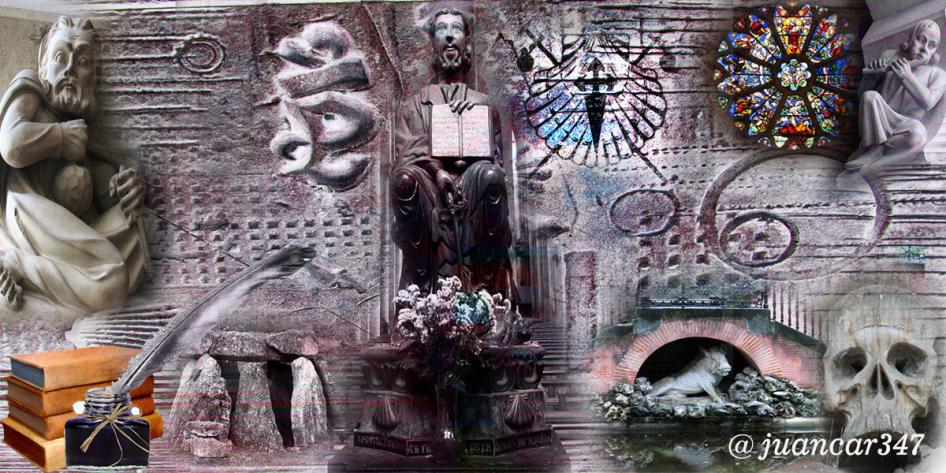
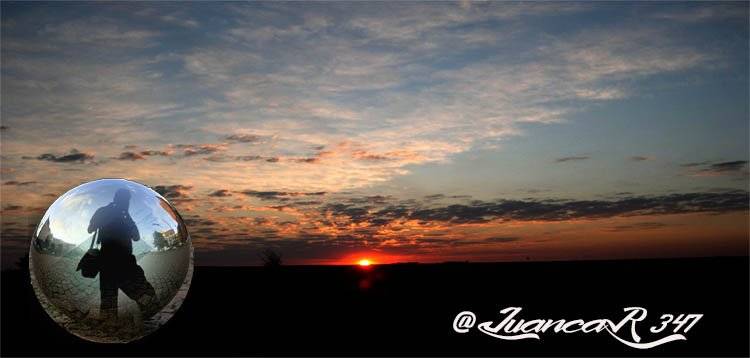
[Martial, latin poet]
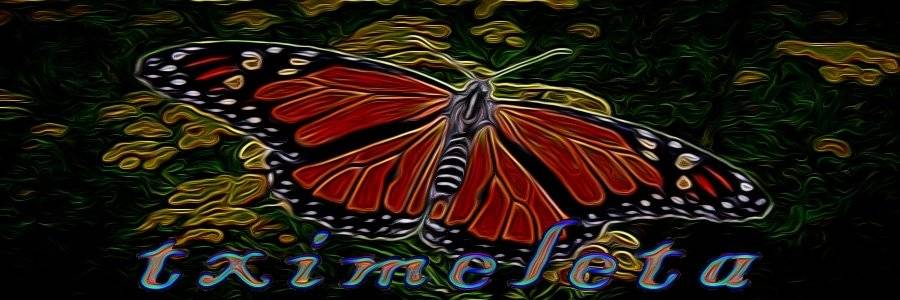
Toca la imagen y participa.
Diviértete y disfruta.
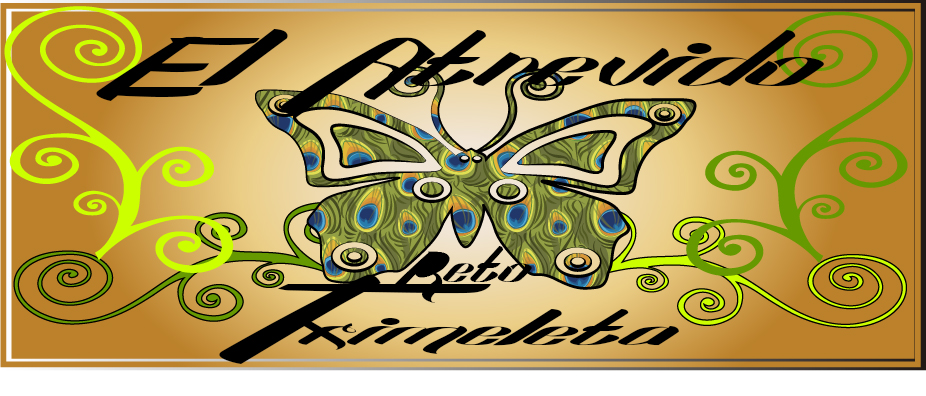


Travel Resources for your trip to Spain
Recommended by TravelFeed
Flights: We recommend checking Kiwi.com to find the best and cheapest flights to Spain.
Accomodation: Explore the best places to stay in Spain on Booking.com, Agoda and Hostelworld.
Travel Insurance: Medical emergencies abroad can be pricey, but travel health insurance is not. We always use SafetyWing for affordable and reliable coverage.
Car Rental: For hassle-free car hiring, DiscoverCars is our trusted choice with a wide selection of vehicles.
Internet: Got an eSIM compatible phone? Airalo is perfect for reliable internet access during your trip. Just install it before you go, and you're set!
Day Trips & Tours: We recommend GetYourGuide for a variety of well-organized and enjoyable activities.
Travel Planner: Need a hand planning? Our free travel planner chatbot is your personal guide to Spain. Chat now.
Disclosure: Posts on TravelFeed may contain affiliate links. See affiliate disclosure.
